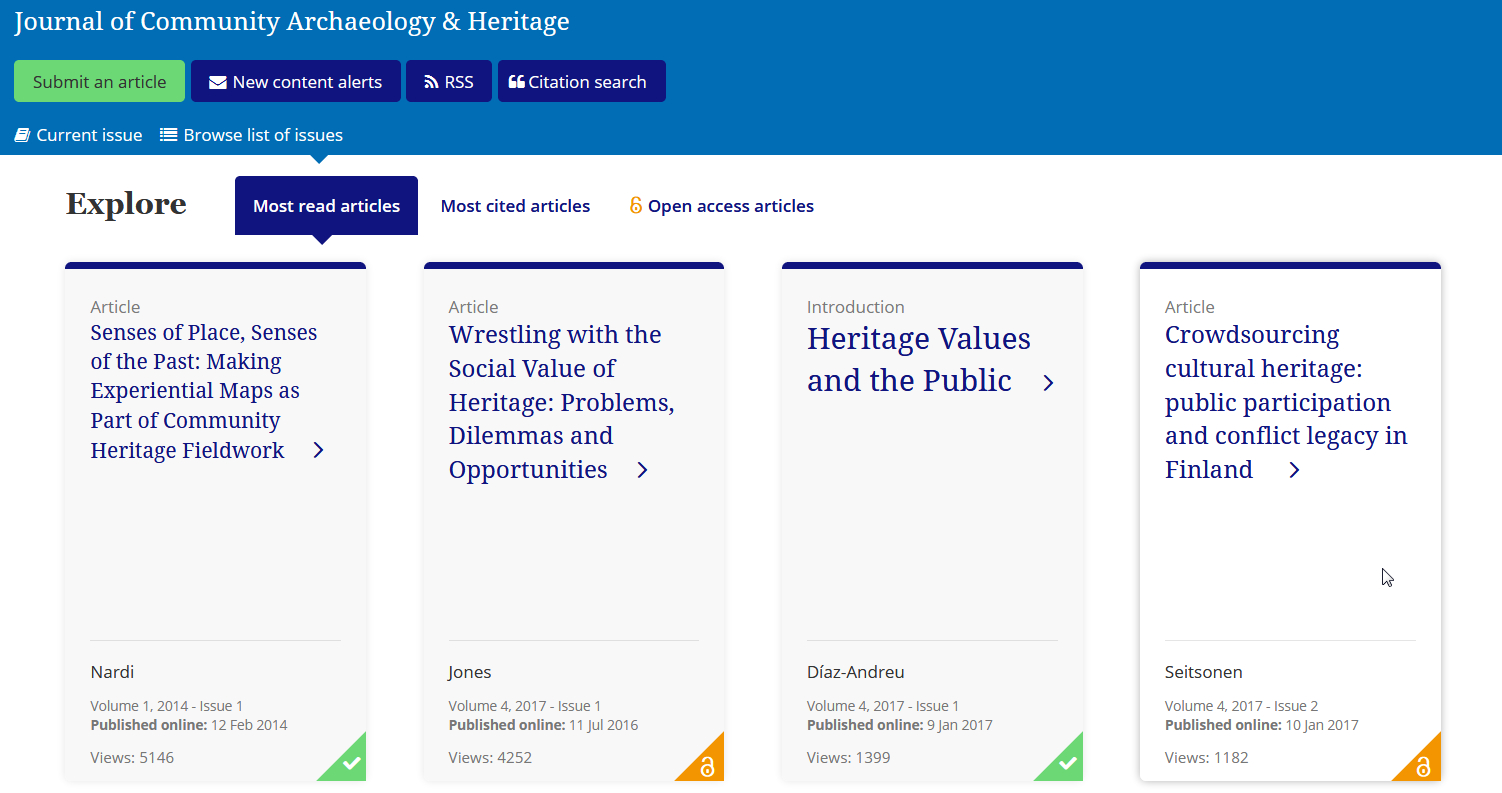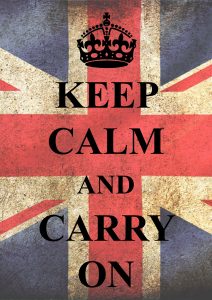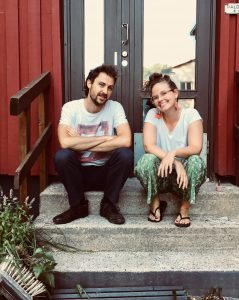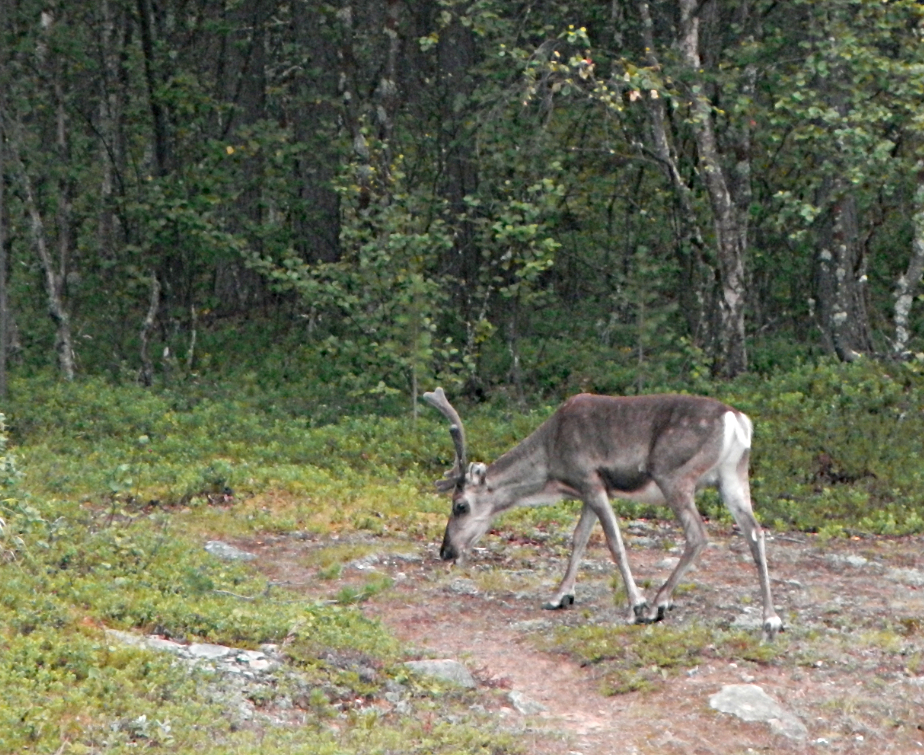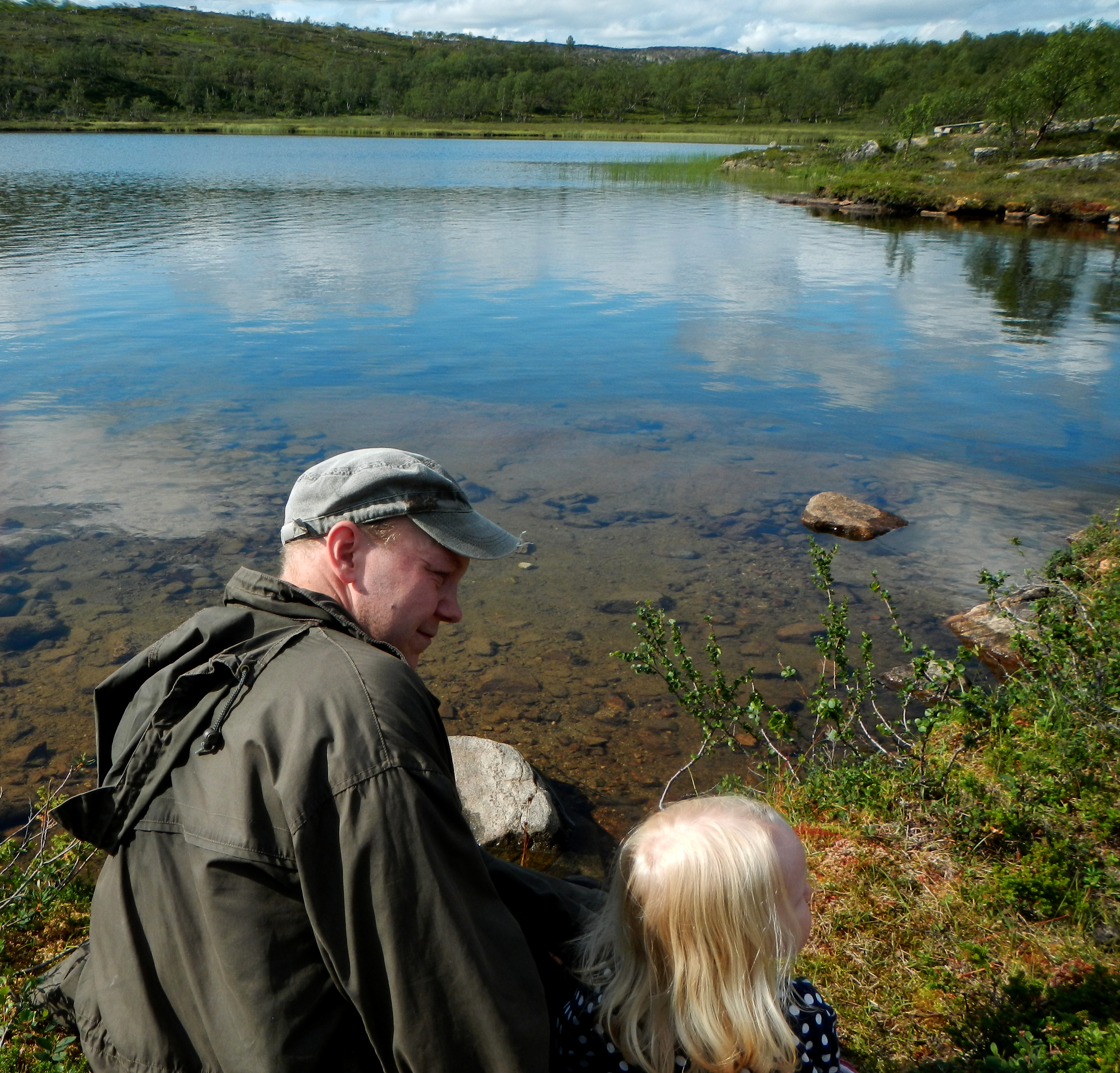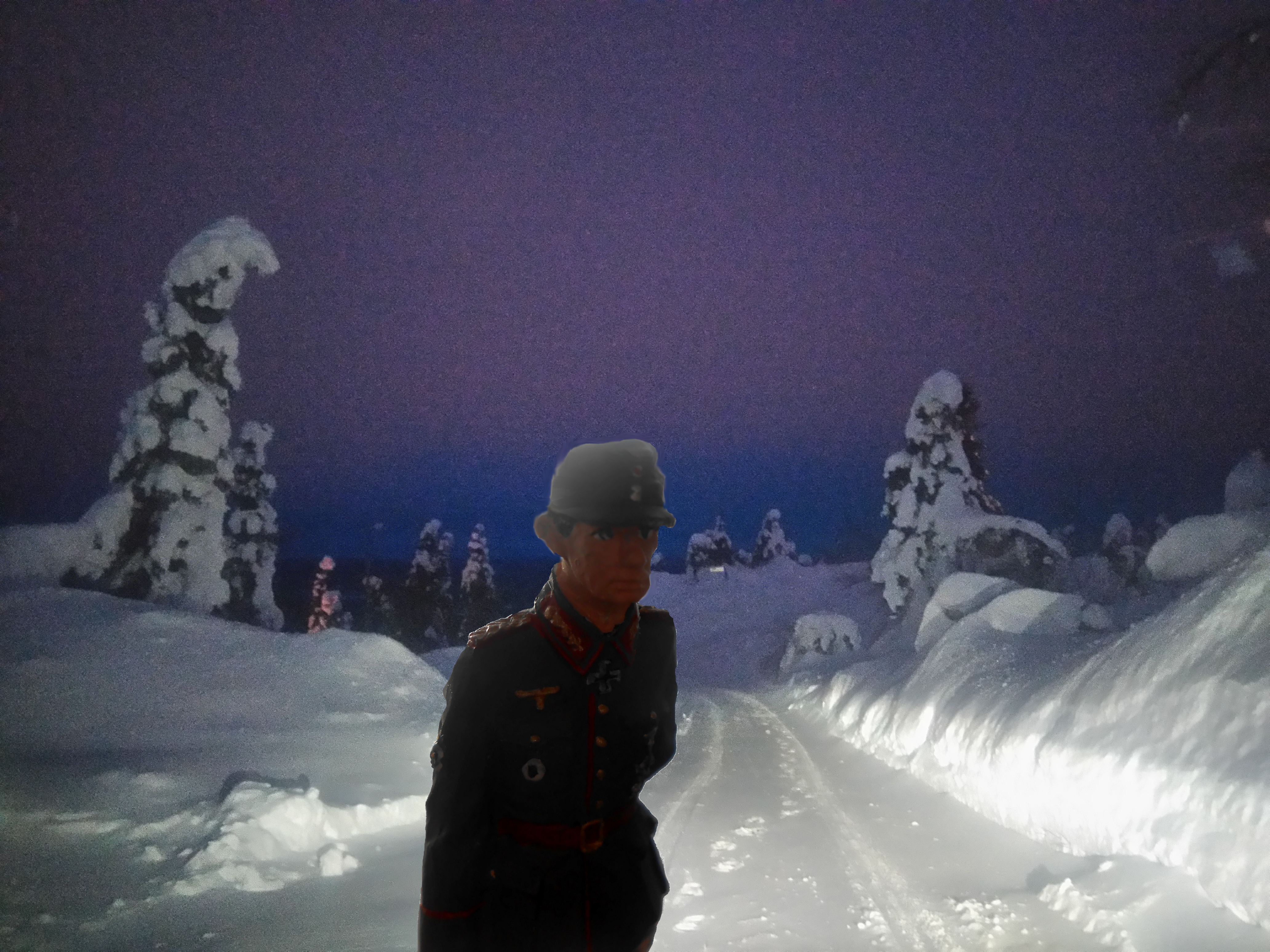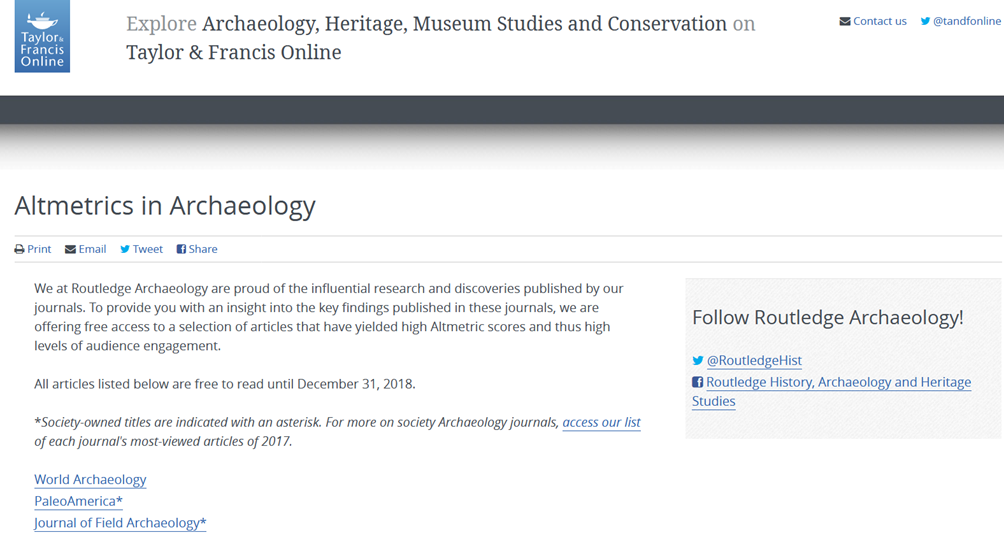Lapin Synkkä Kulttuuriperintö esitelmöi Siidassa
Inarissa jo aiemmilta vuosilta tutun monitieteisen Lapin synkkä kulttuuriperintö -hankkeen tutkijat toivottavat kuuntelijat tervetulleeksi Siidaan esitelmäiltamaan. Esitelmäilta on Siidan auditoriossa tiistaina 14.8.2018 klo 17:00 alkaen. Kaksi tuntia kestävässä tilaisuudessa kuullaan erilaisia näkökulmia paikalliseen ja vähän kaukaisempaan arkeologiaan. Tapahtumaan on vapaa pääsy.
Iltaman aloittavat Oulun yliopiston arkeologian professori Vesa-Pekka Herva ja Helsingin yliopiston tutkijatohtori Oula Seitsonen kertomalla miten sotahistorialliset arkeologiset kenttätyöt ovat edistyneet Inarin alueella ja mitä muuta projektille kuuluu. Heidän jälkeen tutkijatohtori Eerika Koskinen-Koivisto Jyväskylän yliopistosta kertoo lyhyesti, miten synkkää kulttuuriperintöä nostetaan esiin museoissa. Molemmat puheenvuorot ovat suomeksi.
Iltama jatkuu kahdella esitelmällä. Aluksi Helsingin yliopiston kulttuuriperinnön professori Suzie Thomas ja SuALT-projektin vastuullinen tutkija arkeologi Anna Wessman esittelevät hanketta, jossa valmistellaan Suomen arkeologisten löytöjen linkitettyä tietokantaa. Sen jälkeen konfliktiarkeologi, tohtori Iain Banks Glasgow’n yliopistosta pitää esitelmän otsikolla “Life in the Bag”. Tässä puheenvuorossa esitellään saksalaisten sotavankien elämää Skotlannissa Cultybragganin vankileirillä. Esitelmä on englanniksi.
Iltaman puhujiin saattaa tulla viime hetken muutoksia. Tilaisuudessa paikalla myös muita projektin tutkijoita, joiden kanssa voi jäädä vaihtamaan muutaman sanasen tilaisuuden päätyttyä. Projekti ei tänä vuonna järjestä avoimia kaivauksia, mutta vierailee alueella pitämässä yllä vanhoja yhteyksiä ja tutustumassa uusiin maastokohteisiin.
Lämpimästi tervetuloa esitelmäiltamaan!
Lapland’s Dark Heritage project gives lectures in Siida
The researchers of the project Lapland’s Dark Heritage – which has already visited Inari a few times – welcome the public to a lecture night in Siida. The Lecture Night will be held in Siida’s auditorium on Tuesday 14 August 2018 from 5 p.m. onwards. During the two-hour event, we will hear about both local and more distant archaeology from different points of views. The occasion is free for everyone.
The evening will start with Vesa-Pekka Herva, Professor of Archaeology from the University of Oulu, and Dr Oula Seitsonen from the University of Helsinki, telling about how military-historical archaeological fieldwork has progressed in the region of Inari; they will also tell about other news related to Lapland’s Dark Heritage project. After them, Dr Eerika Koskinen-Koivisto from the University of Jyväskylä will give a short speech on how the dark heritage is being made visible in museums. Both addresses will be in Finnish.
After this, there will be two lectures. First, Suzie Thomas, Professor of Cultural Heritage from the University of Helsinki, and Anna Wessman, Archaeologist and Head Researcher of the Finnish Archaeological Finds Recording Linked Open Database (SuALT) project will introduce the audience to this project, which is working on a linked database on archaeological finds in Finland. They will be followed by Conflict Archaeologist, Dr Iain Banks from the University of Glasgow; the title of his lecture is “Life in the Bag”. This address deals with the lives of German war prisoners in the Cultybraggan POW camp in Scotland. The lecture will be given in English.
For imperative reasons, the list of speakers may change. The event will also be attended by other researchers of the project, and the audience can discuss things briefly with them after the lectures. The project will not arrange open excavations this year. The purpose of the visit to Inari is to keep up old connections and make field trips to new destinations in the region.
You are most welcome to the Lecture Night!
Lappi Sevdnjes Kulturárbbis ovdanbuktin Siiddas
Anáris juo oahpes, máŋggajagáš ja máŋggadieđalaš prošeavtta “Lappi Sevdnjes Kulturárbi” dutkit sávvet guldaleddjiid bures boahtin Siidii eahketdilálašvuhtii. Ovdanbuktineahket álgá Siidda auditorias disdaga14.8.2018 dii 17:00. Dilálašvuohta bistá guokte diimmu, ja doppe beassá gullat iešguđegelágan oainnuid sihke báikkálaš ja maiddái eará guovlluid arkeologiija birra. Dilálašvuohta lea nuvttá.
Eahketdilálašvuođa álggaheaba Oulu universitehta arkeologiija professor Vesa-Pekka Herva ja Helssega universitehta dutkidoavttir Oula Seitsonen. Soai muitaleaba mo soahtehistorjjálaš arkeologalaš gieddebarggut Anára guovllus lea ovdánan ja mii eará lea dáhpáhuvvan prošeavtta dáfus. Sudno maŋŋel dutkidoavttir Eerika Koskinen-Koivisto Jyväskylä universitehtas muitala oanehaččat guđeládje sevdnjes kulturárbbi birra muitaluvvo museain. Guktot sáhkavuorut leat suomagillii.
Eahketdilálašvuohta joatkašuvvá guvttiin ovdanbuktimiin. Álggos Helssega universitehta kulturárbbi professor Suzie Thomas ja SuALT-prošeavtta vásttolaš dutki ja arkeologa Anna Wessman muitaleaba prošeavtta birra, mas válmmaštallo diehtovuođđu oktan liŋkkaiguin Suoma arkeologalaš gávdnosiid birra. Dán maŋŋel konfliktaarkeologa ja doavttir Iain Banks Glasgow universitehtas doallá ovdanbuktima, man bajilčála lea “Life in the Bag”. Dán sáhkavuorus Banks muitala duiskkalaš soahtefáŋggaid eallimis Skotlánddas, Cultybraggana fáŋgaleairras. Ovdanbuktin lea eaŋgalsgillii.
Eahketdilálašvuođa ságadoallit sáhttet vel lotnašuvvat. Dilálašvuhtii oassálastet maid earát prošeavtta dutkit. Singuin sáhttá maid lonohallat jurdagiid dilálašvuođa maŋŋel. Prošeakta ii lágit dán jagi rabas roggandilálašvuođaid, muhto galleda guovllus divodeame boares oktavuođaid ja oahpásnuvvame ođđa eanadatčuozáhagaide.
Váimmolaččat bures boahtin ovdanbuktindilálašvuhtii!
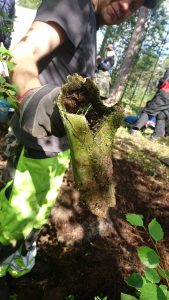
Oula esittelee kaivausaluetta Hyljelahdessa 2017
Link to the Facebook -event / Linkki Facebookiin: https://www.facebook.com/events/669601656727521/
(Translations by Siida museum)


